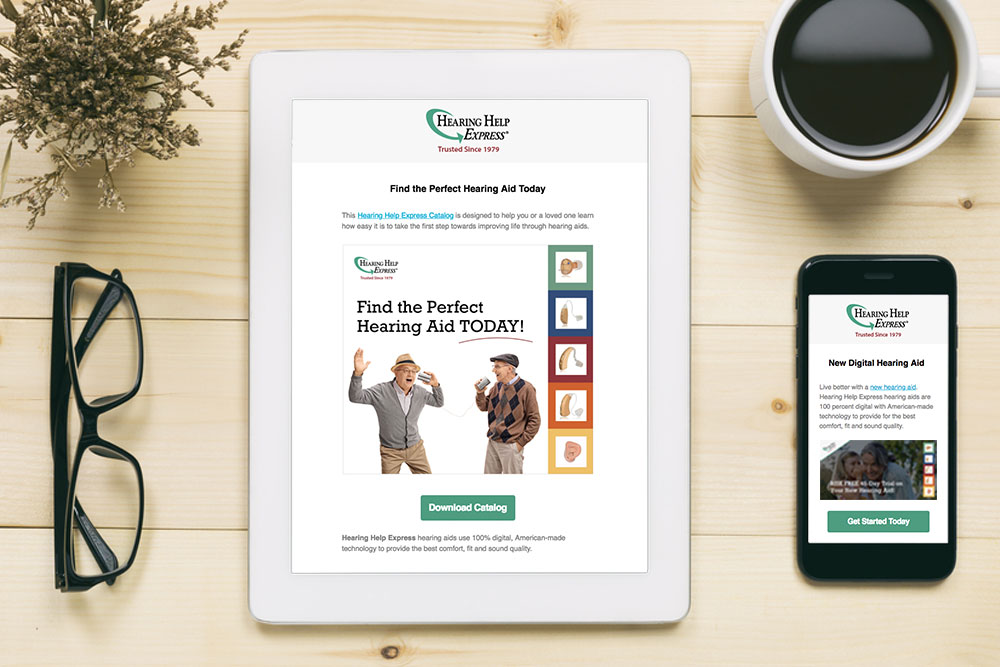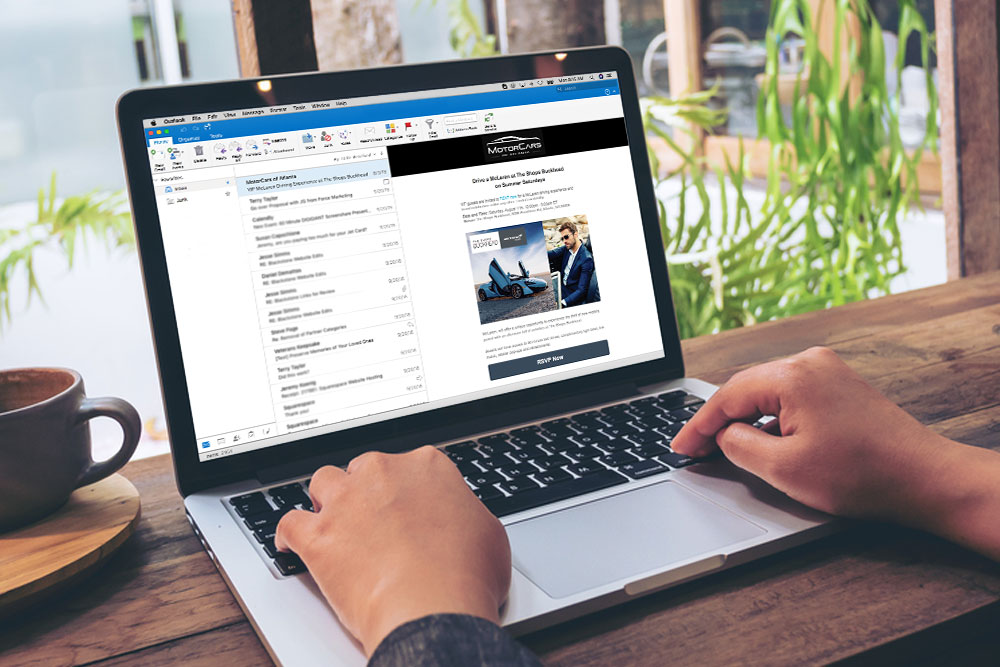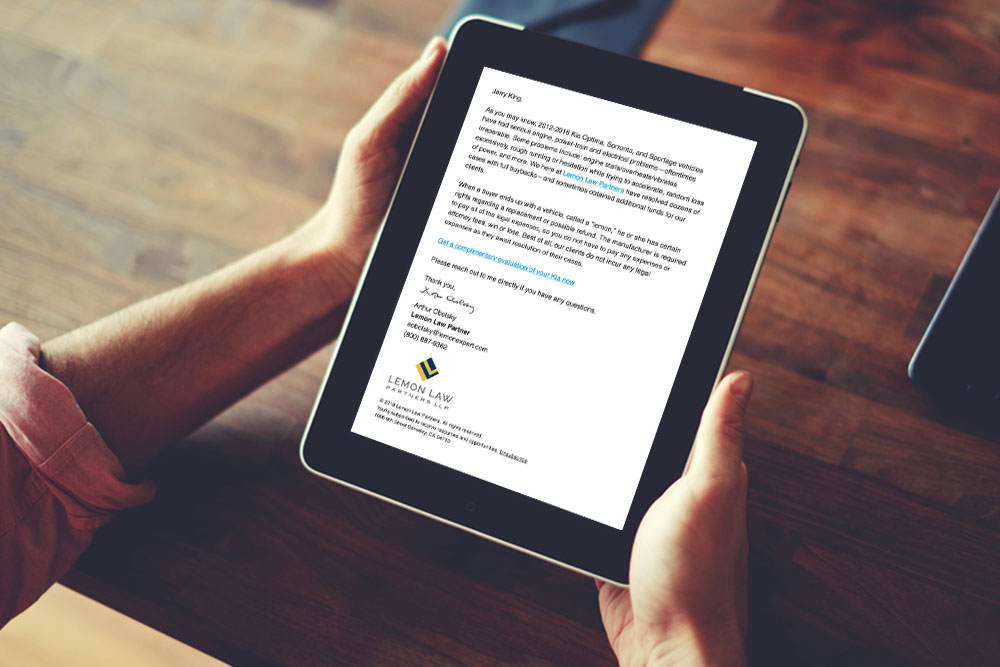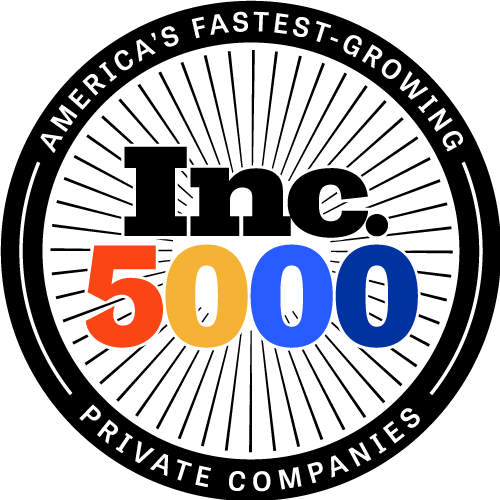EMAIL MARKETING AGENCY OUTREACH THAT GETS THE CLICKS
Reach customers with personalized email outreach that strengthens advertising mix and increases sales
EMAIL MARKETING AGENCY OUTREACH THAT GETS THE CLICKS
Reach customers with personalized emails that strengthen advertising campaigns and increase sales.
DID YOU KNOW
Giant Partners provides email marketing databases for targeting all types of US consumers and businesses. Each of these prospects have third party opted-in to receive email communications from participating affiliates.
EMAIL MARKETING AGENCY OUTREACH BEST PRACTICES

Email databases of existing and prospective customers should be targeted with clean email design and code that ensures your messages avoid junk folders and are easy to read on any device.
The best email marketing messages include:
- Personalizations with dynamic fields
- Clear and compelling call-to-action
- Summarized copy highlighting essentials
- Mobile responsive design (adjusts to screen size)
Best Practice: To get the most out of your email broadcasts avoid using spammy words in subject lines, complex HTML code, and oversized images. This ensures your emails avoid spam traps, look great, and load quickly.
» Request VIΛ Data Platform Demo. First Audience Free. Change Your World.
Is email an important part of a modern marketing toolbox?
Email marketing agency outreach is a critical component of modern business strategies for several compelling reasons. This powerful tool allows companies to connect with their target audience, build relationships, and drive results.
First and foremost, email marketing is a cost-effective way to reach a wide audience. It doesn’t require exorbitant advertising budgets, making it accessible to businesses of all sizes. Sending an email campaign is far more economical than traditional direct mail or print advertising, reducing the financial burden on companies.
Furthermore, email marketing offers a personalized and direct line of communication with your audience. Subscribers willingly opt in to receive affiliate emails, indicating an interest in your brand and products. This level of engagement means that your messages are more likely to be read, increasing the chances of conversion.
Email outreach is also highly measurable and adaptable. Marketers can track open rates, click-through rates, and conversion rates, allowing them to gauge the effectiveness of their campaigns. This data-driven marketing approach empowers businesses to refine their strategies and content for improved results over time.
Another key benefit of email marketing is its potential for segmentation and targeting. You can tailor your messages to specific audience segments based on demographics, behavior, or other factors. This personalization increases the relevance of your emails, enhancing the chances of engagement and conversion.
Moreover, email marketing fosters customer engagement and loyalty. Regularly sending valuable content, promotions, or updates keeps your brand top-of-mind and strengthens the relationship with your audience. Engaged customers are more likely to make repeat purchases and become brand advocates.
Email marketing outreach is also a powerful tool for automation. You can set up automated email sequences for onboarding, nurturing leads, or re-engaging dormant customers, saving time and ensuring consistent communication.
In conclusion, email database marketing outreach is vital because it is cost-effective, provides a direct and personalized channel to your audience, offers precise measurement, allows for segmentation and targeting, enhances customer engagement and loyalty, and enables automation. When executed effectively, email marketing can drive sales, nurture relationships, and contribute significantly to the overall success of a business. It’s a versatile and indispensable component of the modern marketing toolbox, capable of delivering impressive returns on investment.

We start every email broadcast by dripping a combination of personal and company style emails to prospects. Once we’ve established your email sending reputation we can deploy in larger volumes.
We test subject lines, sender names, sending times, and frequency of messages. Studies have shown that 64% of emails are opened or deleted based on subject line alone (Source).
Best Practice: Send personal style emails from members of your team and automate follow up messages for those who open but do not respond.
Pro Tip: Email outreach works best when messaging reinforces social media advertising and makes it easy for prospects to respond to your call-to-action.
What are key guidelines for sending ongoing email broadcasts?
Sending effective email marketing broadcasts requires careful planning and adherence to best practices to maximize engagement and conversion rates. Here are some key guidelines for email marketing agency campaigns:
1. Segment Your Audience: Divide your email list into segments based on demographics, behavior, or preferences. This allows you to send tailored content to specific groups, increasing relevance and engagement.
2. Quality Content: Craft compelling and relevant content that provides value to your subscribers. Use clear and concise language, and focus on solving your audience’s pain points or fulfilling their needs.
3. Personalization: Address recipients by their names, and use dynamic content to tailor messages to individual preferences. Personalized emails tend to perform better in terms of open rates and click-through rates.
4. Mobile Optimization: Ensure your emails are mobile-responsive since a significant portion of users access their emails on mobile devices. Use a responsive design and test your emails on various devices and email clients.
5. A Clear Call to Action (CTA): Each email should have a specific goal, whether it’s driving traffic to your website, making a purchase, or signing up for a webinar. Make the CTA prominent, concise, and action-oriented.
6. A/B Testing: Experiment with different subject lines, content, CTAs, and send times to determine what resonates best with your audience. A/B testing helps refine your strategy over time.
7. Optimal Sending Time: Analyze your audience’s behavior to identify the best time to send emails. Generally, Tuesdays and Thursdays tend to perform well, but it can vary depending on your specific audience.
8. Frequency and Consistency: Establish a consistent sending schedule to set expectations among your subscribers. Avoid bombarding your audience with too many emails, as it may lead to unsubscribes.
9. Subject Lines: Craft compelling and relevant subject lines to grab recipients’ attention. Avoid clickbait or misleading subject lines, as they can damage your sender reputation.
10. List Hygiene: Regularly clean your email list to remove inactive or disengaged subscribers. A clean list ensures better deliverability and engagement rates.
11. Compliance with Regulations: Familiarize yourself with email marketing regulations like the CAN-SPAM Act and GDPR. Ensure that you provide an easy way for subscribers to opt out and include a physical mailing address in your emails.
12. Monitoring and Analysis: Use email marketing analytics to track the performance of your campaigns. Pay attention to open rates, click-through rates, conversion rates, and unsubscribe rates. Use this data to make informed adjustments to your strategy.
13. Engagement Metrics: Focus on metrics that reflect recipient engagement, such as open rates, click-through rates, and conversion rates. These metrics are more meaningful than vanity metrics like the size of your email list.
14. Feedback and Testing: Encourage recipients to provide feedback, and actively listen to it. Continuously improve your email marketing strategy based on feedback and performance data.
By following these best practices, you can create effective email marketing broadcasts that not only engage your audience but also drive meaningful results for your business. Remember that the key to successful email marketing agency outreach is delivering value and building strong, long-term relationships with your subscribers.

Enterprise conquest email marketing campaigns deploy ongoing promotional messages to large segments of new email prospects in daily waves each month. As email addresses expire and as individuals unsubscribe, email databases can be automatically refreshed with new prospects.
Get started by analyzing your existing marketing database and then create lookalike audience parameters that can be perpetually targeted for customer aquisition campaigns.
Did You Know? Giant Partners deploys ten’s of millions of prospecting emails to pre-qualified customers every month for many of America’s most prominent brands.
Pro Tip: Enterprise companies with omni-channel marketing strategies typically send out between 25,000 to 100,000 messages daily to new prospects that have been recently added to their email database.
How many messages should I be sending in an Enterprise Email Marketing Campaign?
The frequency of emails you should send during Enterprise Email Marketing Campaigns depends on your database size, business model, industry, and customer preferences. There’s no one-size-fits-all answer, but you should aim for a balance that ensures you stay engaged with your customers without overwhelming them with messages.
Typically, for new customer lists, it’s recommended to start with an introductory series of emails to establish a relationship and provide value. This might include a welcome email, followed by a few informative or promotional emails spaced out over the first couple of weeks. After the initial onboarding phase, you can transition to a regular schedule.
A common practice is to send emails on a weekly or bi-weekly basis, but this can vary. It’s crucial to monitor engagement metrics like open rates, click-through rates, and unsubscribe rates. Adjust your email frequency based on these indicators. If you see high engagement, you can consider increasing the frequency, but if you notice declining engagement, it’s a sign to dial back or refine your content.
Ultimately, the key is to find the right balance that keeps your brand top-of-mind without being perceived as spammy. Regularly ask for feedback from your subscribers to gauge their preferences and adjust your email marketing agency strategy accordingly.
REQUEST FREE STRATEGY ASSESSMENT
Schedule a meeting below with an expert who will analyze your current marketing performance and make data-driven strategic recommendations to increase ROI. Call (800) 547-8080 or live chat below for immediate support.
ABOUT GIANT PARTNERS DATA DRIVEN MARKETING AGENCY
For 24 years we have helped 6000+ clients target proprietary B2C and B2B marketing databases via Postal, Phone, Email, Google, YouTube, Facebook, Instagram, X (Twitter) and LinkedIn advertising. We specialize in brand awareness, lead generation, and ROI optimization. We also collaborate with clients to design world class brands, develop high performing websites, and implement CRM solutions that get the job done.


